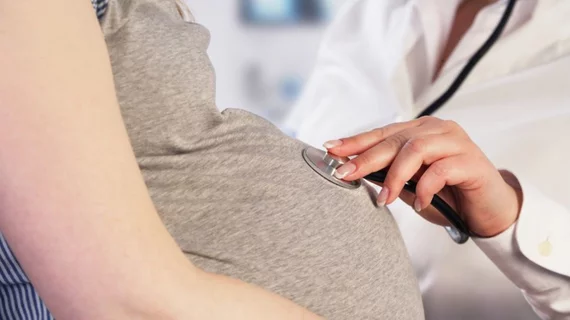A team at Weill Cornell Medicine has developed an AI algorithm that can identify whether human embryos fertilized in vitro have the potential to progress to successful pregnancies, offering guidance as few as five days after an embryo is implanted.
The algorithm, dubbed Stork by lead investigator Pegah Khosravi, PhD, and colleagues, attempts to predict the viability of an embryo that’s just days old and consists of no more than 300 cells. Considering that even experienced embryologists have trouble agreeing on how to best gauge the potential of a blastocyst, the team’s results could have practice-changing implications.
“Visual morphology assessment is routinely used for evaluating of embryo quality and selecting human blastocysts for transfer after in vitro fertilization (IVF),” Khosravi, a postdoctoral associate in computational biomedicine at the Englander Institute for Precision Medicine at Weill Cornell Medicine, and co-authors wrote in NPJ Digital Medicine, where they published their findings April 4. “However, the assessment produces different results between embryologists and as a result, the success rate of IVF remains low.”
In the U.S., IVF has a success rate of 45%, the authors said. Attempts to raise that rate often involve implanting women with multiple embryos, which can lead to multiple pregnancies and other complications.
“Unlike in other imaging fields, human embryology and IVF have not yet leveraged AI for unbiased, automated embryo assessment,” Khosravi et al. wrote. “We postulated than an AI approach trained on thousands of embryos can reliably predict embryo quality without human intervention.”
The researchers used 12,000 time-lapse images of human embryos captured around 110 hours after fertilization to train Stork to discriminate between “poor” and “good” embryo quality. Since embryo evaluation is a largely objective process, the team first had embryologists assign a grade to each embryo, then performed a statistical analysis to correlate those grades with the probability of a successful pregnancy outcome based on hindsight knowledge of how those pregnancies played out.
Embryos were considered good quality if their chances were greater than 58% and poor quality if their chances fell below 35%. After training and validation, Stork achieved 97% accuracy in classifying the quality of a new set of embryos.
The results were favorable, but Khosravi and her colleagues said only around 80 percent of pregnancy success has to do with the quality of the embryo. Age, for example, is an influential factor, and the team at Cornell is working on an expanded algorithm that can account for maternal age as well as embryo quality.
“The Stork framework presented here provides a method that can be easily implemented for a wide range of applications, including embryo grading,” the authors wrote. “Our method yields a cutting-edge sensitivity when performing the challenging task of assessing embryo quality using multi-focal embryo images. It provides embryologists a straightforward platform to use without requiring sophisticated computational knowledge.”

